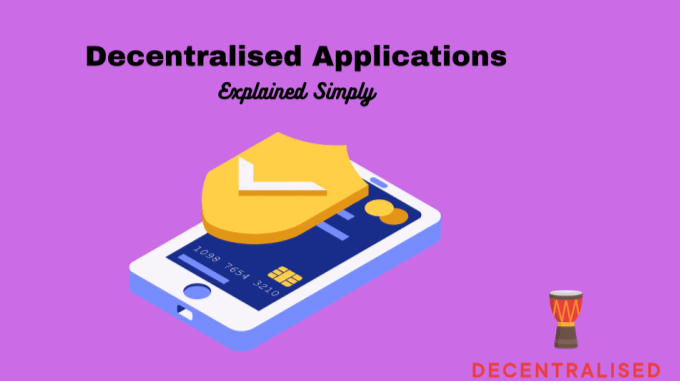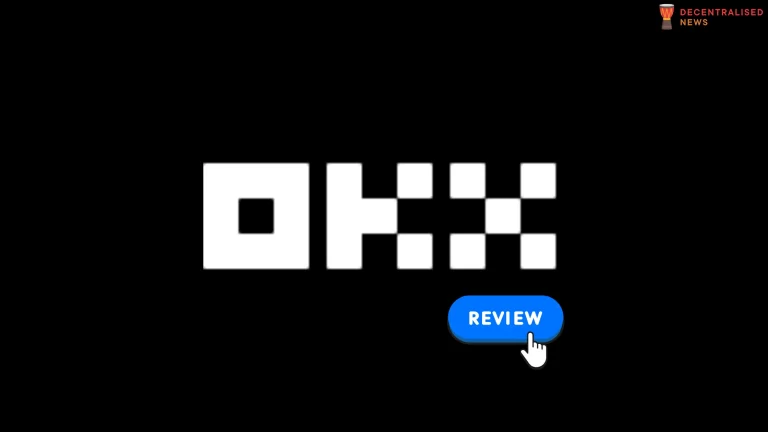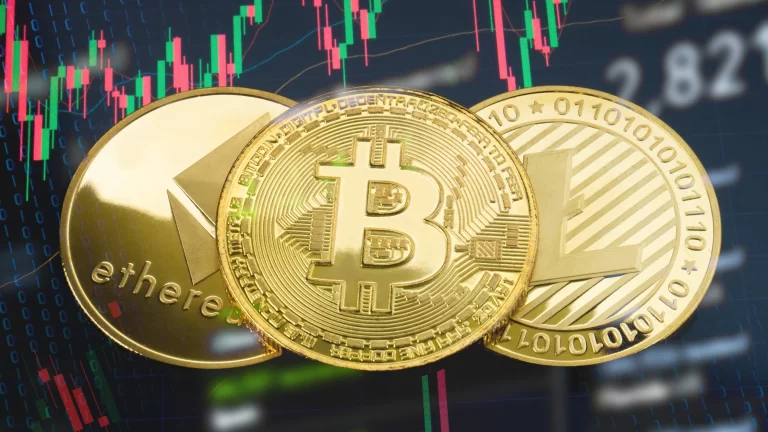
Decentralized applications are programs that exist and are run on a blockchain or peer to peer network of computers rather than a single computer. Furthermore, they are not under the control of a single entity. In crypto, decentralized applications run on a blockchain network in a public, open-source, decentralized ecosystem.
Features of Decentralized Applications
- Open source – decentralized applications are autonomous, and the consensus of the majority of users determines changes. Moreover, the source code can be accessed by all.
- Decentralized – all records of the application’s operation are under storage on a decentralized public blockchain.
- Incentivize – blockchain validators are rewarded with cryptographic tokens.
- Algorithmic – the community agrees on a cryptographic algorithm to show the proof of value.
Classification of Decentralized Applications
- The first one manages money by allowing users to exchange cryptocurrencies for settling trade with other users.
- The second category deals with money as well as data from outside the blockchain.
- The third category involves voting and ecosystem governance.
How Decentralized Applications Work
They are run through tokens that are generated using a protocol or algorithm. Since it is decentralized, any member can view and contribute to the code. This quickens the process of scalability for product development in terms of quality and quantity. What follows is decentralizing the application through the blockchain, and finally, tokens are used to add records or transactions to the ledgers. The tokens are then mined using different algorithms. Currently, Proof of Work and Proof of Stake protocols are the most commonly used in the crypto space.
Advantages of Decentralized Applications
- More resistant to cyber attacks/hacks.
- Censorship resistant.
Differences between DApps and Traditional Applications
The decentralized application is similar to the traditional application, but the main difference is that a DApp works on a decentralized blockchain.
- DApps can be used to store cryptocurrency as opposed to traditional apps that have no store value.
- DApps integrate with one another quite easily, unlike traditional Apps (interoperable).
- Decentralized applications offer secure platforms where any suspicious activity is closely monitored and restricted.
- Decentralized Applications are difficult to shut down once they are loaded on the blockchain. This can only happen with the consent of the users.
- Since DApps are managed by users, there is transparency.
- DApps are cost-effective in that the users are charged lesser fees as compared to traditional applications.
Final Word
Decentralized applications are tipped to be the next big thing in the blockchain space. As much as the DApps are revolutionizing the blockchain industry, they are not without fault. The good thing is that these limitations could be tackled in the near future.
Some of the disadvantages are:
- There is difficulty in scaling at a large stage because of the absence of a single contact point as it is in traditional applications.
- Solving and fixing of bugs is complex.
- Without proper KYC processes, transaction speeds tend to be slow.
- DApps lack third party applications to collect third-party information.






